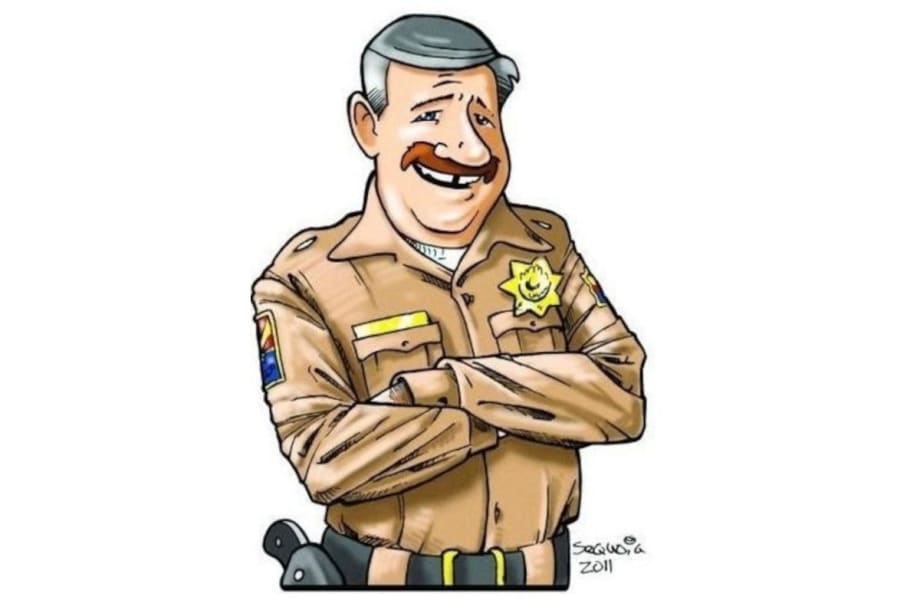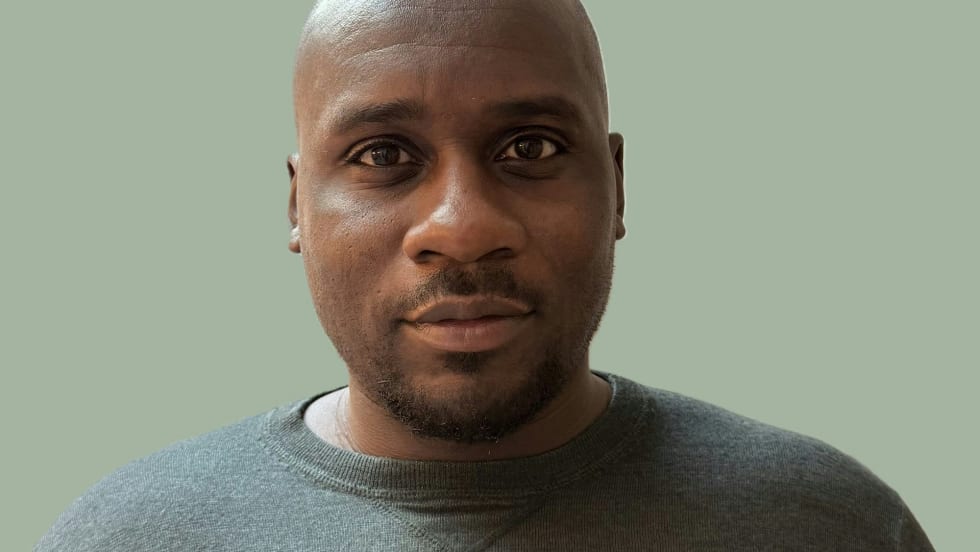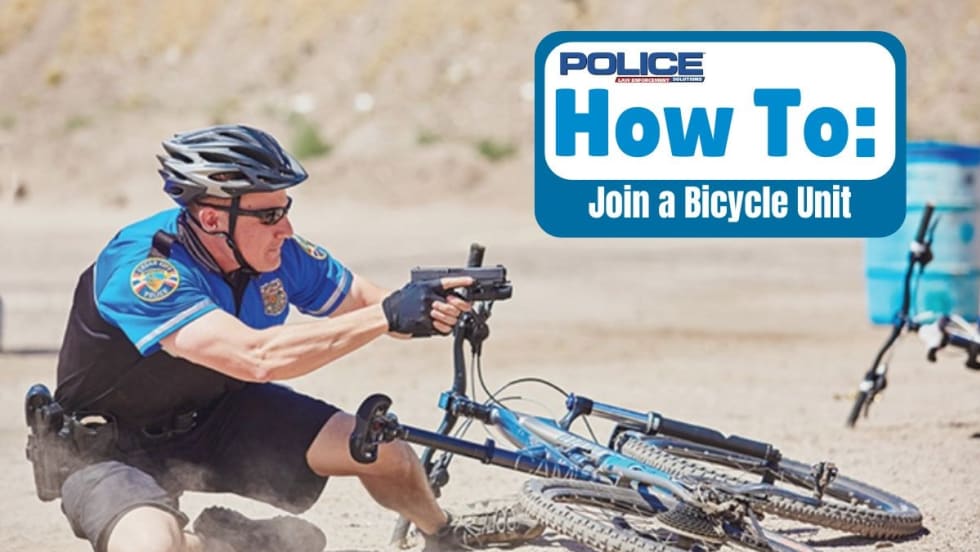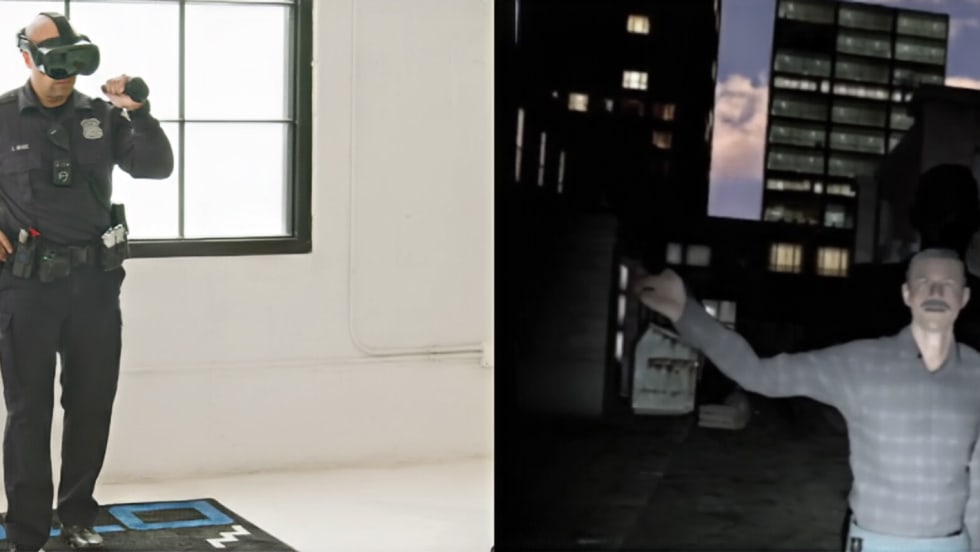Certainly, educating our people is a critical task, especially where concepts, context, knowledge, and perspective are concerned. But training requires doing. The chalk talk in football is a key to teaching a team the overview of a play, but the training of players can only commence when they are actually physically executing the plays on the practice field.
The simple truth is training is distinctly different than instruction and education. You are trained to shoot at the range by shooting and learning to move effectively and safely when firing. You get educated on the legality, ramifications, and moral foundations in a classroom. Training is best understood by the maxim: “If I do it, I learn it. And if I do it a lot, I learn it well.”
I first heard that saying decades ago from the legendary fire service trainer Brian Crandall E.D. when he explained the importance of training “in context;” one of the core principals in preparing firefighters for their work. Going to fight a fire in smoke? Train in smoke. Fighting fires in heavy turnout gear? Train in the gear. Working with a mask on? Train with one on. Fire training is a life and death affair for the fire service, and it should be for law enforcement as well. Ask any great trainer how to prepare for an active shooter situation and they will ask you where, when, how, and what does good performance versus bad look like so we can measure our learner’s progress. Then they will tell you to get out actually and do it, do it, and do it again.
Always remember that training is a long-term modification of behavior, preparing the trainee to reproduce the skill automatically, exactly as taught. Too often our folks walk out of a defensive tactics class, for instance, with only the recognition that the instructor was one tough dude, but nothing was transferred to them except a bruise or two. I have walked off the mats many times thinking I had just attended a demonstration of butt kicking without improving my skill of avoiding such a butt kicking.
It would seem that the intrinsic motivation of crime fighters to prevent a beating would make training them in how to quickly overcome an assailant an easy task; but, too often, the ones assigned to do the training are not the right people for the job. One of the key principles of instructor development is that the focus of training, instruction and education is the learner, not the teacher. Many times, we think a top performer is going to always be a great teacher but that is not the case. The fact is that high-level performers often don’t even remember being a novice and are unable to empathize with those learning the very basics of a skill.











